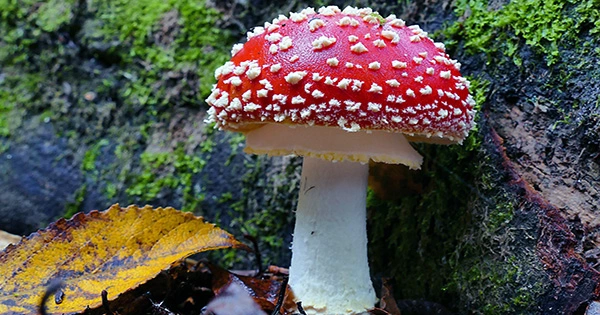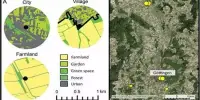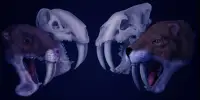Using genome sequencing to assign these strange organisms their own classification, a study team lead by the University of Alberta revealed that about 600 seemingly unrelated fungi that never quite found a fit along the fungal family tree shared a common progenitor.
“They don’t have any particular feature that you can see with the naked eye where you can say they belong to the same group. But when you go to the genome, suddenly this emerges,” says Toby Spribille, principal investigator on the project and associate professor in the Department of Biological Sciences.
“I like to think of these as the platypus and echidna of the fungal world.”
Spribille, Canada Research Chair in Symbiosis, is alluding to Australia’s famous milk-producing, nipple-sporting, egg-laying monotremes, which challenged the Linnaean classification system and were the subject of much speculation as to their existence.
No one suspected that our Fungi were fake, yet they all have quite distinct appearances.
The scientists discovered that this new family of fungi, the Lichinomycetes, originated from a single source 300 million years ago, or 240 million years before the extinction of the dinosaurs, using DNA-based dating techniques.
These “oddball” fungi were previously dispersed throughout seven different classes, according to David Dáz-Escandón, who conducted the research as part of his doctoral thesis. This high-level classification corresponds to the groupings known as mammals or reptiles in animals.
He analyzed 30 genomes while working with a group of scientists from seven different nations to collect samples from the fungi and discovered that all classes—aside from one—were descended from a single origin.
“They were classified, but they were classified into such different parts of the fungal side of the tree of life that people never suspected they were related to each other,” says Díaz-Escandón.
These fungi come in a variety of shapes, including earth tongues, unsettling tongue-shaped fungi that emerge vertically from the ground, bacteria found in beetle guts, and a fungus found in tree sap in northern Alberta. They also contain some rare lichens that can endure harsh environments, such as the world’s driest non-polar desert, the Atacama Desert in South America.
“What is really fascinating is that despite these fungi looking so different, they have a lot in common at the level of their genomes,” says Spribille. “Nobody saw this coming.”
The research hypothesizes that this type of fungi is dependent on other creatures for life-based on their genomes, which are tiny in comparison to those of other fungi.
“Their small genomes mean this class of fungi has lost much of their ability to integrate some complex carbohydrates,” said Spribille. “When we go back to look at each of these fungi, suddenly we see all of them are in a kind of symbiosis.”
He points out that the new findings will be crucial to the larger study of fungal evolution, particularly with regard to how fungal inherit crucial biotechnological traits like enzymes that digest plant stuff.
The new group might also be a source of fresh data on previous fungal extinctions.
“The diversity we observe now, in our opinion, is only the very tip of the iceberg that has survived. Additionally, there aren’t many instances of this kind of event in fungus.”













